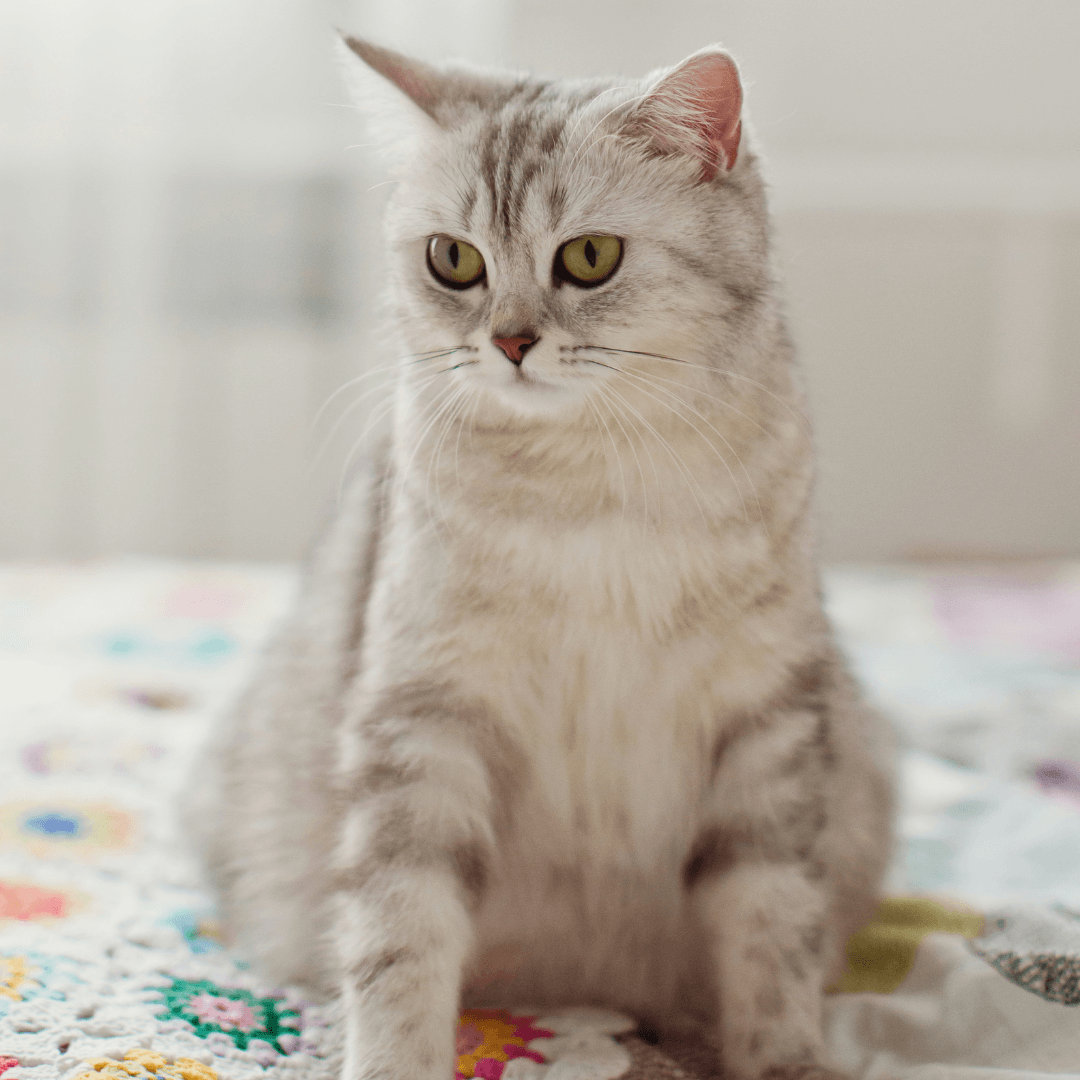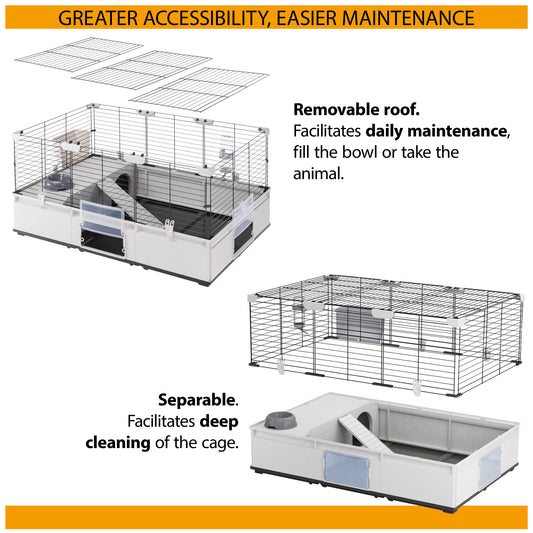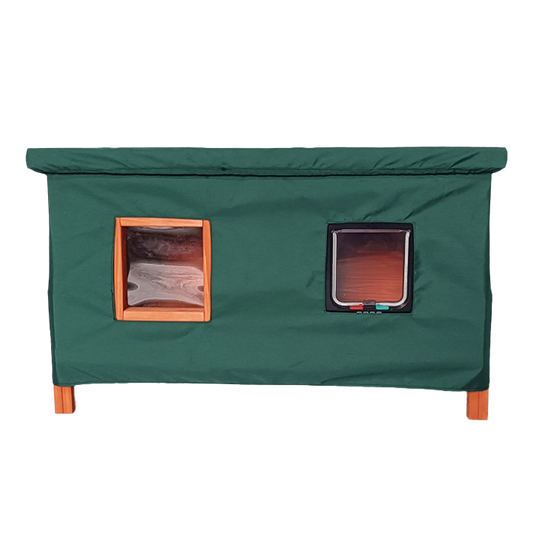Choosing to breed a litter of kittens is a big responsibility. So it should only be considered if you are certain that you know how to do so responsibly and that the kittens will have loving homes to go into. If you do not intend to breed from your cat, welfare organisations recommend neutering your pet to avoid any unplanned pregnancies. Cats are prolific breeders so if you have an outdoors female cat that is not neutered, kittens are inevitable. In fact, one female cat can be responsible for a staggering 20,000 descendants in just five years!
How can you tell if your cat is pregnant?
Initially, you many not notice the early signs but as the pregnancy progresses it will become more obvious. You are likely to see weight gain, an increased appetite and swollen nipples.
If you suspect your cat is pregnant, you should take her to see your vet who will be able to confirm it and offer you advice and support for the pregnancy.
Special needs
Cats are pregnant for around nine weeks and during this time you will need to care for your pet in a slightly different way to ensure she is ready to give birth. You might notice a change in your pregnant cat’s behaviour. It is usual for a female cat to become more affectionate as her pregnancy hormones kick in and it is likely she would appreciate a few more cuddles and strokes.
Diet
Pregnant cats will need to eat more and in the last three to four weeks should be eating around 25% more food. In order for your pregnant cat to get the necessary number of calories she needs, you will need to switch to a food specially designed for pregnant and lactating cats or a high-quality kitten food. This will be higher in protein and certain vitamins compared to an adult food. As with any change of diet, you should make the switch gradually over a week to avoid stomach upsets.
As the kittens get bigger your cat’s stomach will become quite squashed and there will be less space for food. Ideally, you should feed your cat smaller meals regularly throughout the day to allow for this.
Kittening
Kittening is the name given to the birth of kittens and the process is made up of three stages – the second two of which are repeated for each kitten.
Stage one – This can last up to 36 hours and comprises contractions but no straining. The cat at this time is likely to be restless, may be panting and will eventually start digging or circling in her bed to make a ‘nest’.
Stage two – This is when a cat’s contractions become stronger and they strain to produce a kitten. This stage can last between five and 30 minutes for each kitten born. Each kitten is born inside a membrane sack, which the mother breaks before licking the kitten to encourage it to breathe.
Stage three – This is when the placenta is passed and there will be one for each kitten. It usually follows immediately after the kitten and so, you should keep count to check there is the same number of placentas as kittens. You should contact your vet if all the placentas do not appear within four to six hours.
Kittening can take between six and 12 hours from the start of the second stage so you’ll need to be prepared to monitor your pet during this time. Once all the kittens are born – which could be as many as nine in a litter – your cat should settle and start feeding her young. If everything goes well you should give them space so they can feed and bond undisturbed. However, if you are concerned about the health of your cat or kittens for any reason, you should contact your vet.
What could go wrong?
You shouldn’t need to intervene in the kittening process but you should monitor the situation closely and if you experience any of the following, contact your vet immediately:
- If the first stage lasts more than 24 hours without any sign of straining.
- If your cat has been straining for more than 30 minutes but has not produced a kitten.
- If there is excessive bloody discharge without a kitten.
- If a kitten is stuck half-way and cannot be delivered naturally.
If you’ve had to intervene in any way, you should seek veterinary advice as your involvement will increase the risk of infection to the kittens and the mother injuring or rejecting them.
Aftercare
Kittens lose heat very quickly so need to be kept warm. Mothers are usually very efficient at doing this but if your cat is too tired or has been disturbed, she may ignore her babies. In this instance you would need to step in to keep the kittens warm with a heat pad or hot water bottle – making sure that it is no hotter than body temperature. If the kittens have not started suckling within half an hour you may need to guide them towards their mother’s teats.
After giving birth, a cat can become pregnant again as soon as two weeks later. It is important that you don’t allow this to happen as the kittens will still be dependent on their mother for food and it would be too strenuous for her.
If you enjoyed this article, you may be interested in:









